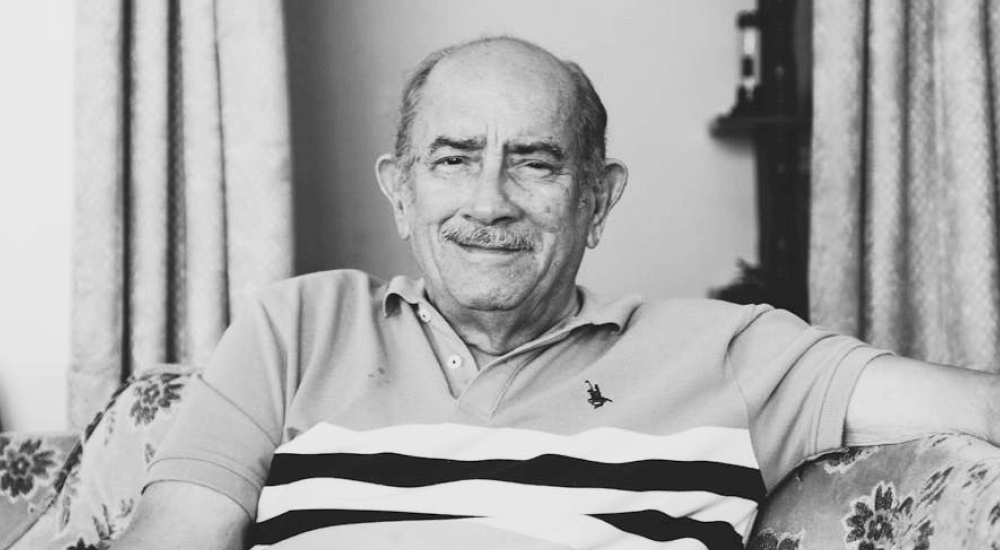Freelancer toolkit: retirement planning for the gig economy
Wealthist
Financial insights for everyone

If you earn your living freelancing, creating content, or piecing together digital gigs, the classic idea of working 40 years at one company and retiring at 65 simply doesn’t fit. This guide is built for Gen Z workers making $50,000 or less, who don’t have access to employer matches, 401(k)s, or corporate perks. Instead of old-school retirement, the focus is financial sovereignty: building wealth on your own terms.
1. Rethink retirement
Instead of planing to stop working at 65, maybe try thinking of mini-retirements. Digital income streams and financial independence that lets you take breaks throughout life instead of waiting until you’re 65. With life expectancy getting higher and higher, you’ll want decades of income security.
2. Build your freelancer toolkit
Freelancers do not get an HR playbook. this is the pragmatic order of operations to move from survival to resilience to long-term compounding.
- high-yield savings account (HYSA), save $1,000 fast, then target 3 to 6 months of living expenses. this is the emergency buffer that keeps a bad month from becoming a catastrophe.
- income smoothing account, route all freelance revenue into one account, then pay yourself a fixed monthly “salary” into your checking. it forces discipline and ends feast-and-famine budgeting.
- healthcare coverage, use the ACA marketplace, subsidies if you qualify, or an affordable plan that prevents medical bills from wiping out savings.
- disability insurance, if your body or skills are your paycheck, a basic policy is cheap relative to the cost of losing income.
- liability coverage, consider professional liability or errors and omissions if your work exposes you to client risk.
- credit cards first, interest rates near 20 to 30 percent will erase your ability to build wealth faster than anything else.
- student loans, pay minimums when rates are low, but do not sacrifice your emergency fund or initial investing to accelerate unless the math is clearly better.
- roth IRA, first stop for retirement savings for most freelancers because of tax-free growth and withdrawal flexibility.
- solo 401(k), once freelance income scales this unlocks much higher contribution limits.
- taxable brokerage, use this for extra investing and liquidity after maxing tax-advantaged accounts.
- evergreen assets, create one sellable, reusable asset per year: a course, templates, a paid newsletter, or stock media that keeps paying after you stop working.
- client diversification, never rely on one client or a single marketplace. split risk across platforms, direct clients, and products.
- skill stacking, add adjacent skills so you can charge more and move into higher-margin work.
- separate business account, this simplifies bookkeeping and makes deductions auditable without nightmares at tax time.
- quarterly tax payments, set aside 25 to 30 percent of net income and pay estimated taxes quarterly to avoid penalties.
- track write-offs, document home office costs, equipment, subscriptions, and business travel. they lower taxable income when claimed correctly.
3. Flexible cash flow system
Freelance income can be unpredictable. Instead of a rigid monthly budget, use a simple percentage-based system to allocate every dollar. This keeps your finances balanced while adjusting for good and bad months.
| Category | Percentage | Why it matters |
|---|---|---|
| Essentials | 60% | Rent, food, utilities, insurance. Keeps your basics covered no matter how income fluctuates. |
| Lifestyle / Fun | 20% | Dining out, hobbies, travel. Protects enjoyment without letting it eat into your safety net. |
| Investments & Savings | 20% | Retirement accounts, taxable investments, or future goals. Builds freedom for later while you earn today. |
4. Modern investing
Keep it very simple with low-cost index funds, fractional shares, and automatic dividend reinvestment. Robinhood has a great program. Set aside 5–10% if you want exposure to crypto or startups, but don’t gamble your rent money.
5. Income streams that survive you
Your biggest wealth lever is building digital assets: courses, evergreen content, subscription products, or royalties. Each year, aim to add at least one source of income that doesn’t depend on your daily labor.
6. Invest in your health
First, try to live a healthy lifestyle. Staying healthy when you're young can prevent health-related costs when you're old.
Healthcare costs are a real retirement risk, build fitness into your routine, track health metrics with your smart watch, and prioritize sleep and nutrition. Doing these little things now can save tens (or hundreds) of thousands of dollars later.
7. The FIRE (Financial Independance Retire Early) remix: F.I.V.E.
Financial Independence Via Experiments. Treat your 20s as a laboratory. Test side hustles and asset-building experiments until one sticks, then scale it in your 30s and beyond.
8. Year-one action plan for a $50K freelancer
- Save $10,000 as an emergency buffer. We recommend a high-yield savings account.
- Automate 20% of every client payment into investments.
- Open a Roth IRA and put in at least $200 per month (depending on payments you receive).
- Launch at least one asset (a course, a digital product, or evergreen content).
- Get health coverage through ACA (and open an HSA if you're eligible).
Don't make $50,000 yet? Let's create a plan to get you there. Start with our article on increasing your talent stack. All the same rules apply whether you're making $50,000 or $500,000. Spend less than you make, create a safety net, invest what's left.
Retirement savings projection calculator
Enter what you can save each month and see how much it could grow by age 65, assuming 7% annual returns.
How much do you need? That depends on a lot of things - especially a budget. So build yours today!
But the bottom line is that no employer is going to build this for you. With the right habits, income streams, and experiments, you can build freedom on your own terms. Get started now.


